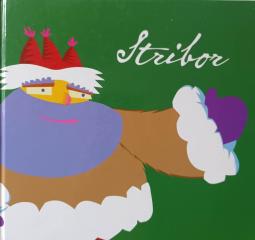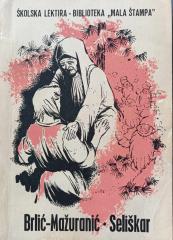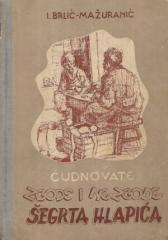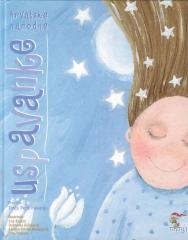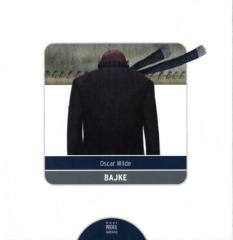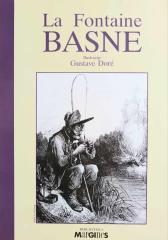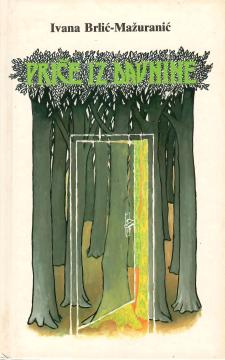
Priče iz davnine
“Tales from the Past” is a collection of stories by Ivana Brlić-Mažuranić, first published in 1916. Ivana Brlić-Mažuranić was often called the "Croatian Andersen" or the "Croatian Tolkien" because of her style and rich imagination.
"Tales from the past" are a collection of fairy tales that combine elements of Slavic mythology, folk tales and the author's imagination. Each story is set in an imaginary world filled with wondrous creatures, mythological characters and moral lessons. Although inspired by folk tradition, the stories are original, with unique plots and characters.
Main stories in the collection: "Stryborova Forest" - The story of a young man who marries an evil girl, and his mother, with the help of the miraculous beings from the Striborova Forest, tries to free him from an evil spell. It thematizes the choice between fleeting pleasure and permanent happiness.
"Regoč" - A story about the giant Regoč and the girl Kosjenka, who travel together and explore the world. The story emphasizes the power of friendship and the need for understanding between different worlds.
"Jagor" - The story of a boy Jagor who faces trials while trying to find justice and happiness.
"Sunce dever and Neva Nevičica" - A fairy tale about the love between Princess Neva and the Sun, with motifs of sacrifice and love.
"How Potjeh searched for the truth" - Potjeh is a boy who sets out on a journey to find the truth, but faces internal dilemmas and temptations.
"Lutonjica Toporko and nine prefects" - The story of a boy Lutonjica and his wonderful adventure with nine little helpers.
"Brother Jaglenac and sister Rutvica" - A story about a brother and sister's fight against evil with the help of miraculous powers and loyalty.
Ivana Brlić-Mažuranić relied on Slavic mythology, including motifs of gods, spirits and other mythological beings. The stories often explore universal themes such as love, sacrifice, truth, justice and friendship. Her writing style is poetic, rich in archaic expressions and descriptions that evoke a magical world.
"Stories from the past" have been translated into many languages and have become part of the world's literary heritage. Ivana Brlić-Mažuranić was twice nominated for the Nobel Prize for Literature, which speaks of her importance not only in Croatian, but also in world literature.
No copies available
The last copy was sold recently.
